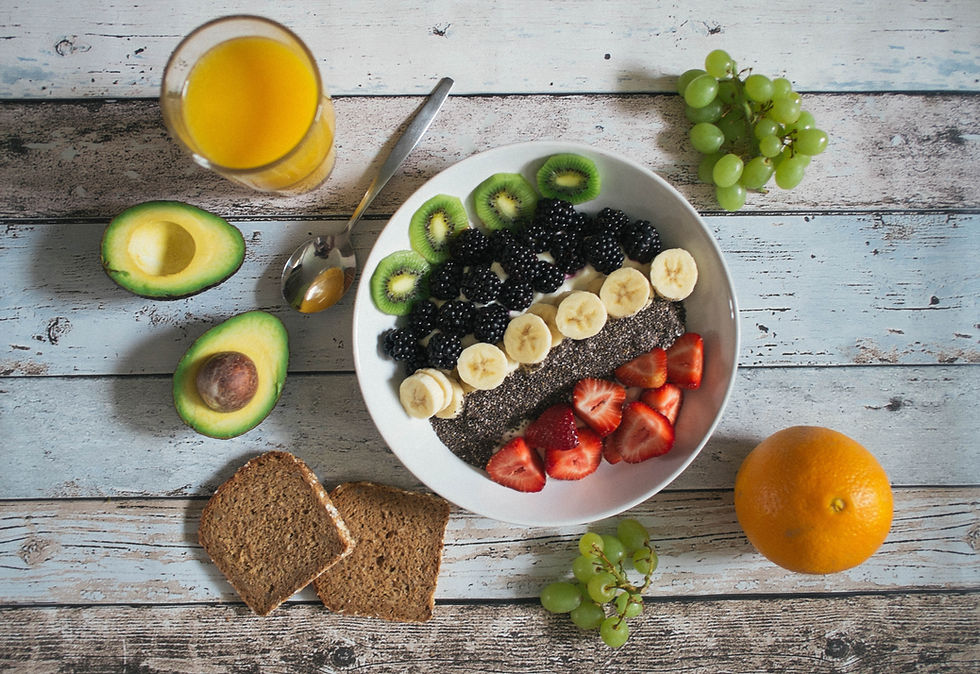In the UK, someone has a stroke or TIA (“mini-stroke”) around once every 5 minutes, and one in four of those happens to someone of working age. Some people make a full recovery but for others the consequences can be life changing or even be fatal.
What causes a stroke? A stroke occurs when blood vessels in your brain get blocked or damaged. Your brain then doesn’t get the oxygen and nutrients it needs to function, and the brain cells begin to die.
The two main types of stroke are:
Ischaemic – where a blood clot prevents blood from supply parts of your brain. This is the most common type of stroke.
Haemorrhagic – where the walls of the blood vessels in your brain get weak and burst.
A TIA, also known as a “mini-stroke”, is similar to an ischaemic stroke, in that the blood vessels become restricted by a blood clot. However, in a TIA, the clot clears itself in under 24 hours, or the parts of the brain affected are supplied by other vessels. In both cases of TIA, no lasting damage is done.
Reducing your risk of stroke Reducing your risk of stroke isn't rocket science, and these are all things within your power to influence. Even a small change in your lifestyle can have a big impact so start with smaller changes and work towards bigger, lasting change if you need to.
1. Healthy eating High blood pressure and cholesterol are risk factors for stroke, but these can be managed through eating a varied and balanced diet.
2. Drink responsibly Follow recommended guidelines on alcohol consumption – no more that 14 units a week spread over 3 days or more. Alcohol can lead to high blood pressure and an irregular heartbeat which can both contribute to an increased stroke risk.
3. Quit smoking Smoking reduces the size of your arteries and makes your blood more prone to clotting. As strokes are most often caused by blood clots, quitting will greatly reduce your risk of stroke, as well as many other health complications.
4. Get regular exercise Exercising regularly helps to control your weight and blood pressure – both of which, if high, are risk factors for stroke. UK adults should aim for 150 minutes of moderate intensity exercise (such as a brisk walk, swimming, or gardening) each week.

Think FAST If you think someone might be having a stroke, think FAST:
Face – check if their face, mouth, or eye has dropped on one side. They may not be able to smile.
Arms – stroke can cause weakness or numbness in one arm. See if they can raise both arms above their head – if they struggle on one side, his could be a sign of a stroke.
Speech – the person may have difficulty speaking clearly or at all, or may have trouble understanding you.
Time – call 999 as fast as possible if they display any of these symptoms. The sooner they get help, the better.
Our sources and for more information: nhs.uk Stroke Association Free Health Promotion Resources: Be the first to receive Health Chatter information, and other content related to employee health and wellbeing by signing up to our Health Chatter emails.

תגובות